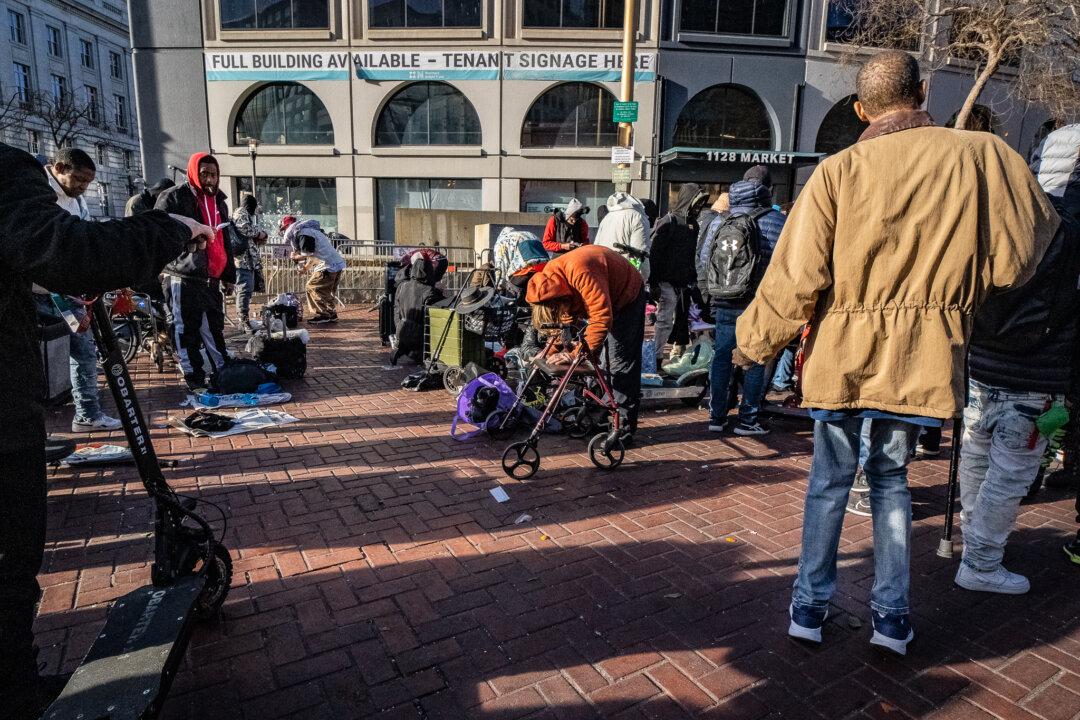The battle between Disneyland and California continues to mount as workers anticipate a long-term loss of employment and officials reckon with falling revenue.
Disney announced it would lay off 28,000 employees from its theme park division—over 12 percent of the company’s entire workforce—on Sept. 29. The move came after the state refused to allow theme parks to reopen due to the ongoing threat from the COVID-19 pandemic.





